Architect for a Cause
When we talk about architecture design, we should always take into consideration the urban and spatial context into account. Design isn’t all about luxurious buildings and high end finishes. It is more about how we stich the economic, social, political and psychological issues together in order to reach out for the perfect design to be issued for future needs of humanity. When we talk about economics and economic analysis, we mention the terms demand and supply; we also mention other words which contradict such as low vs high, poor vs rich, risk vs profit, gain vs lose etc. We learn the importance of these words as architects in order to understand what each project is about and to realize that not all design are meant to be the same. As architects it is important to understand the context of the areas we are working on and most importantly the urban economic context which we are working with.
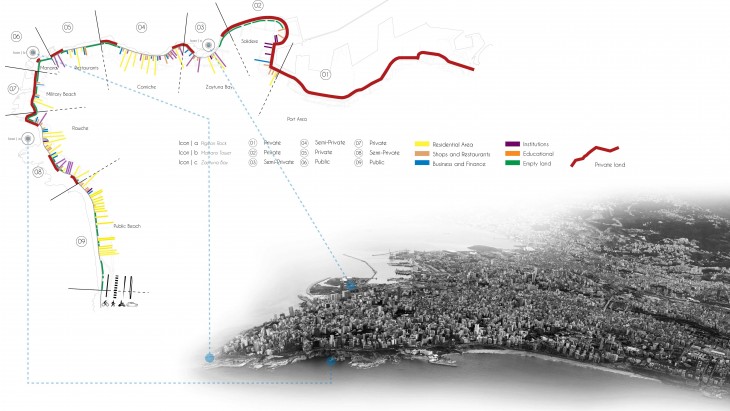
To start off, the decisions involved in building any design are complex and typically involve many requirements, and many technical decisions. The owner has an interest in ensuring that good design decisions are made, especially decisions that meet their technical objectives and their tolerance for risk. The architect’s job is to make these decisions that take place must maximize the benefit of the project for the owner and the people and minimize its cost. Steps should be taken in order to see the extent of design practices on having meaningful, proactive and transformative impacts on driving factors that shape the urban realities. First and most important thing to do is decision making and brainstorming all events. A description of the business goals that is crucial to the success of the project. A simple question would be who is my audience? Then, set architectural views that document the existing or proposed architecture. When the goals are set, we can start thinking about architectural strategies such as performance, security, modifiability, usability etc. Then these benefits of the project design start to show. Most importantly understand the context of the site you are working with. Let’s take a real estate example of 2 plots of land, one in the urban capital city and the other in a rural area of the same country. It’s important to ask ourselves a lot of question and compare. Questions like:
- How populated is the area?
- What is found in the entourage?
- What is needed in the area?
- What is the cost of land vs the cost of building?
- How can I add value to my design project?
If we just understand these 5 simple questions the answer will be easy and the comparison would show that each area has a certain cost and they are totally different. For instance a man coming to buy a house in the city will have to pay four times more the amount he will pay in a rural area. But why? The answer is simple the city has a different economic analysis than a small town. In a city you will find all big companies, banks, hospitals, hotels etc. in every single place. However, in the rural area we will only find small shops, farms, small hospital, very few banks, low residential areas etc. This is to implement that the cost of the building in a city is much higher than in rural areas since lands are hard to find and there cost is high; moreover, buildings in the city should have a certain standards which fit there context. Rural areas are full of empty land and there is hardly any competition in buying them therefore they are cheaper which leads us to have a low cost of building in those areas. This is what is meant by the economic terms of supply and demand.
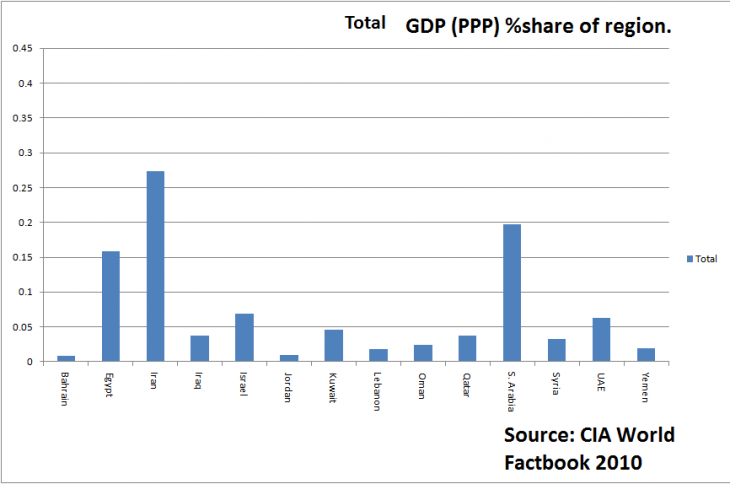
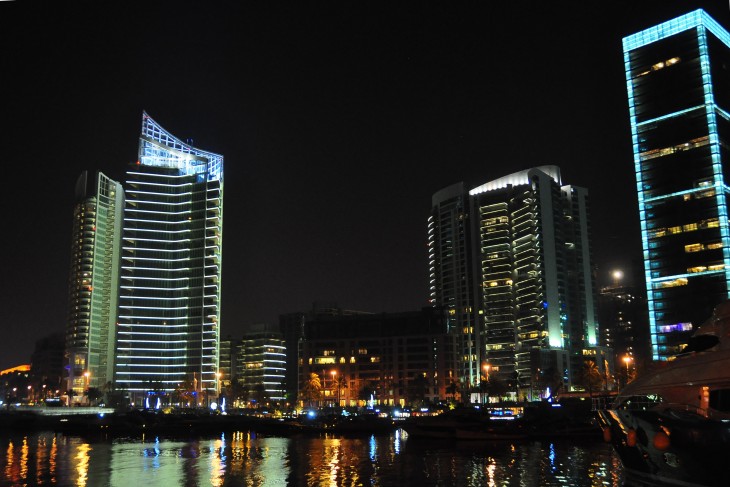
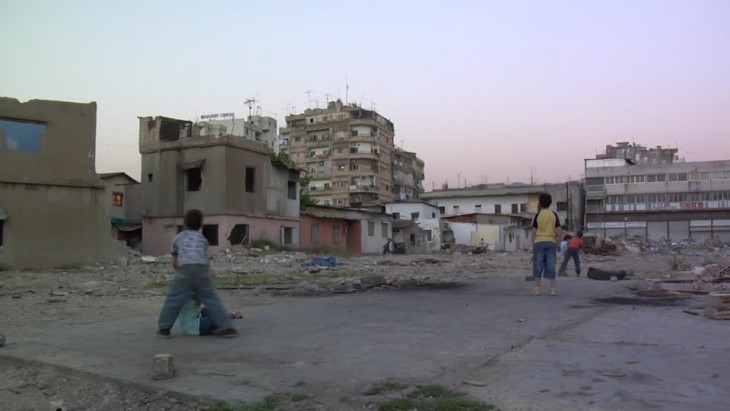
Now, I will take my country Lebanon as an example on an urban level and show how changing economic analysis can affect a country on many urban levels. I will be considering three main subjects which are happening in nowadays, which are garbage, electricity and extraction of gas fuel reserves.Today, garbage is a big issue in Lebanon. The main company which was supposed to take care of the garbage was shut down for many political and economic reasons. We find the government working on new urban planning decisions in order to serve the people and take the garbage of the streets. The garbage used to be taken to one area whereby it would be recycled and other parts of the garbage were imbedded underground. The government has decided that each municipality should take care of its own garbage and find an environmental way to keep it off the roads and recycle it in order to keep the place unpolluted. Therefore, many areas are going to have factories of garbage which will change the whole urban planning of those areas economically and architecturally. As a forecast of this event, residential areas, parks, business companies, hospitals etc. will not be found next to those places whoever we might find a lot of industrial areas near the garbage companies. This is to show how changing areas for political and economic reasons can change the whole urban view of a certain area; therefore, as an architect all the design decision taken for those areas will have to change.
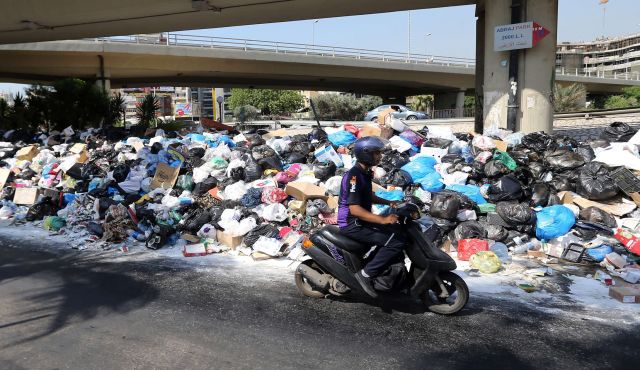
Moving on, electricity in Lebanon is one of the big issues which the citizens complain about since they are not offered a full 24 hour service of it. This leads them to work with generators to be able to live. This problem makes people pay double and triple the price they should actually be paying. So talking economics, I am paying 3 times the amount which i should pay and there are many solutions for that but none are being applied. First solution would be that the government provides a 24 hour service. But even though they do the citizen will still have a big lump of money to pay. As architects we should try to design ecofriendly buildings and houses so that we don’t spend as much electricity and most importantly we start reducing the pollution and forming renewable energy from our designs and nature.
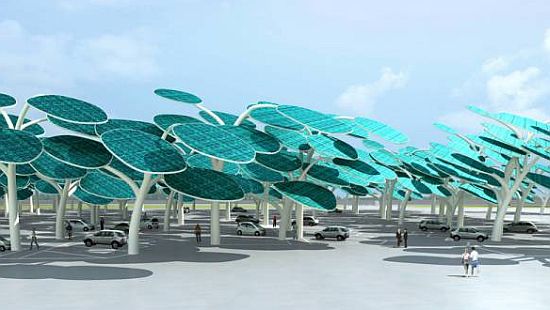
Last but not least, Lebanon has shown huge results of gas energy reserve in its sea. This amount is approximated at 600 billion dollars in profit. This money is going to help in changing the whole form of the country on many urban levels. First of all, new infrastructures will be implemented such as new roads, bridges, highways, electricity, transportation etc. When new roads are opened to new rural areas land price increases which means that people are going to have to pay more for the apartments they want to buy. Lebanon is a country where people like big apartments or houses. However, this is going to have to change and people will have to buy smaller apartment since the budget is rising. As architects we should know who is our audience and what are they looking for. What is there budget? This simple question will lead us to an economic analysis that the people will be looking for small apartments reaching 30 to 50 m2 in the near future since they cannot pay for bigger apartments.

As a conclusion, design is only fit when we read the economic analysis of our sites. Understanding the needs of humanity and their complexities from the base points should be our main concern. Finding the best design is accomplished when we fulfill the needs of not only the owner but also the client of the future. There will always be many questions about the economic flow of money, energy, environment etc. Our job is to analyze, predict, search and apply the best design possible.
“Architect for a Cause” is a project of IaaC, Institute for Advanced Architecture of Catalonia developed at Master in Advanced Architecture Program, in 2015/16 by:
Students: Nour Mezher
Faculty: Gonzalo Delacamara
Image References:
http://www.alternativeaccess.com/solutions/fallprotec_access_equipmen/solar-panel-fixings/
https://swinxauroramkt.wordpress.com/2012/05/
http://www.boustanylaw.com/oil-gas.html
http://www.yourmiddleeast.com/culture/beirut-awash-with-trash-after-landfill-
protest_33784
https://sperglord.wordpress.com/2011/05/
https://www.iaacblog.com/programs/in-between-realities/
